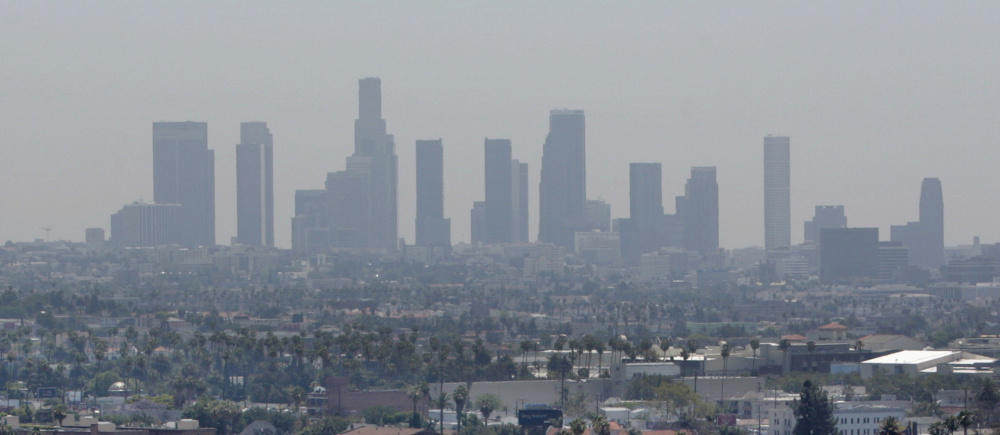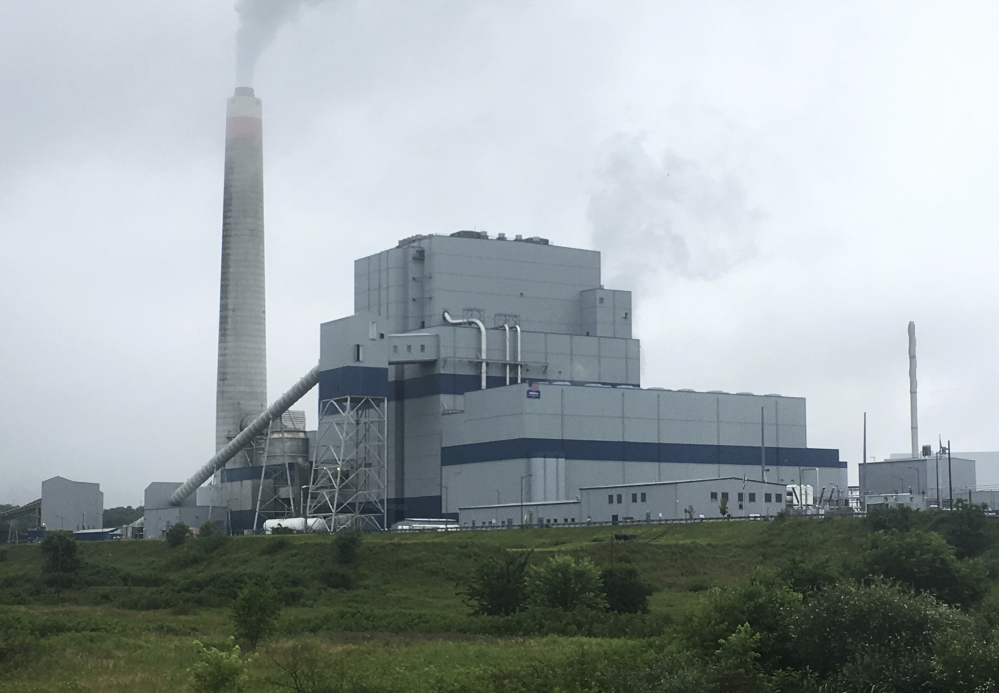WASHINGTON — The House voted Tuesday to pass a Republican-backed bill delaying implementation of Obama-era reductions in smog-causing air pollutants.
Lawmakers voted 229 to 199 to approve the Ozone Standards Implementation Act of 2017. The measure delays by eight more years the implementation of 2015 air pollution standards issued by the Environmental Protection Agency under the prior administration.
The bill also makes key technical changes that environmentalists say will weaken the Clean Air Act, including switching the EPA’s mandated review of air quality standards from every five years to every 10. Ground-level ozone can cause breathing problems among sensitive groups, causing thousands of premature deaths each year.
The House voted largely along party lines to approve the bill and defeat a series of Democratic amendments. Similar legislation is advancing in the Republican-controlled Senate.
House Republicans on Tuesday lauded what they called common-sense legislation to protect American jobs. The bill is supported by groups representing the chemical and the fossil-fuel industries. It is part of a larger push by congressional Republicans and the Trump administration to weaken, block or delay stricter pollution and public health standards approved under President Barack Obama.
Primary sponsor Rep. Pete Olson, R-Texas, praised the progress made in cleaning up the nation’s air since the 1970s, but he said the stricter standards approved by Obama’s EPA would force American companies to invest billions in pollution reduction measures.
“This bill is about listening to job creators back home,” said Olson, whose Houston-area district depends on the oil and gas industry.
Democrats countered that the Republican bill, which they derided as the “Smoggy Skies Act,” would cost lives through increased rates of asthma and lung disease while endangering decades of hard-won progress in cleaning up the environment.
“This is a blueprint to make America sick again,” said Rep. Gerald Connolly, D-Virginia.
Ground-level ozone is created when common pollutants emitted by cars, power plants, oil refineries, chemical plants and other sources react in the atmosphere to sunlight. The National Ambient Air Quality Standards adopted by EPA in 2015 reduced the allowable amount of ground-level ozone from 75 parts per billion to 70 parts per billion.
EPA estimated at the time that the $1.4 billion it would cost to meet the stricter standards would be far outweighed by billions saved from fewer emergency room visits and other public health gains.
Send questions/comments to the editors.




Comments are no longer available on this story